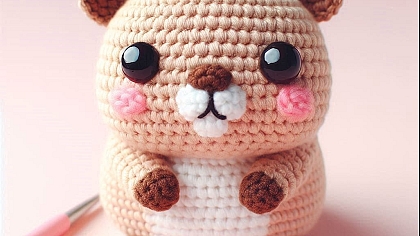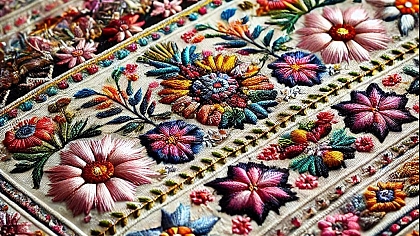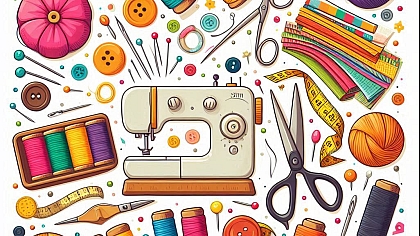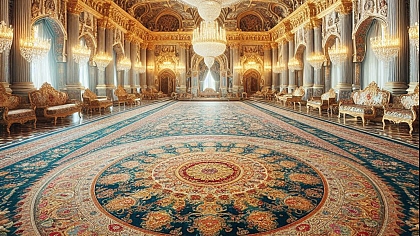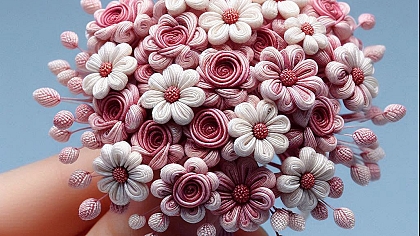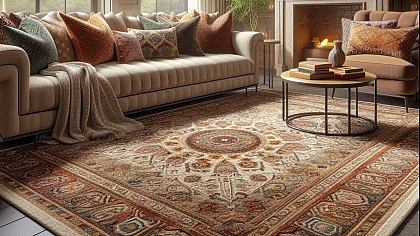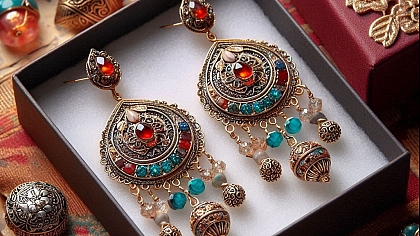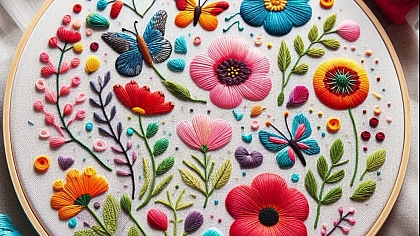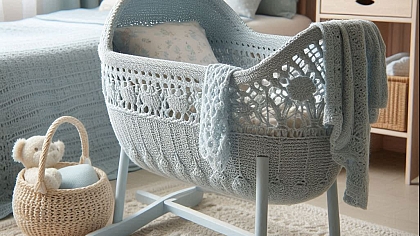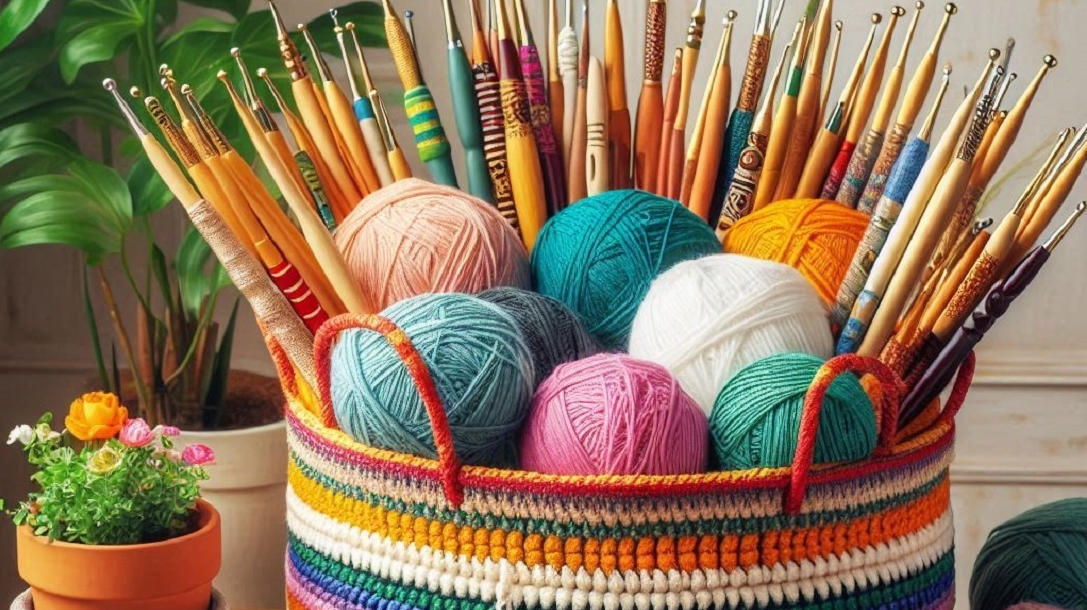
The Art of Tunisian Crochet
Tunisian crochet, also known as Afghan crochet, is a unique blend of knitting and traditional crochet that creates a dense, beautifully textured fabric. This versatile technique has a rich history and offers endless possibilities for creative expression. In this article, we'll explore the origins, techniques, and modern applications of Tunisian crochet, as well as tips for beginners looking to master this captivating craft.
A Brief History of Tunisian Crochet
The origins of Tunisian crochet are somewhat mysterious, with various theories about its beginnings. Some suggest that it may have roots in ancient Egypt or the Middle East, while others believe it emerged in Europe during the 19th century. Regardless of its exact origins, Tunisian crochet gained popularity in the Victorian era, particularly for creating warm and durable blankets known as afghans.
Essential Tools and Materials
Tunisian Crochet Hooks Unlike traditional crochet hooks, Tunisian crochet hooks are longer and often come with a stopper at the end. This design allows for multiple stitches to be held on the hook, similar to knitting needles. Tunisian hooks come in various sizes and materials, including bamboo, aluminum, and plastic.
Yarn Selection
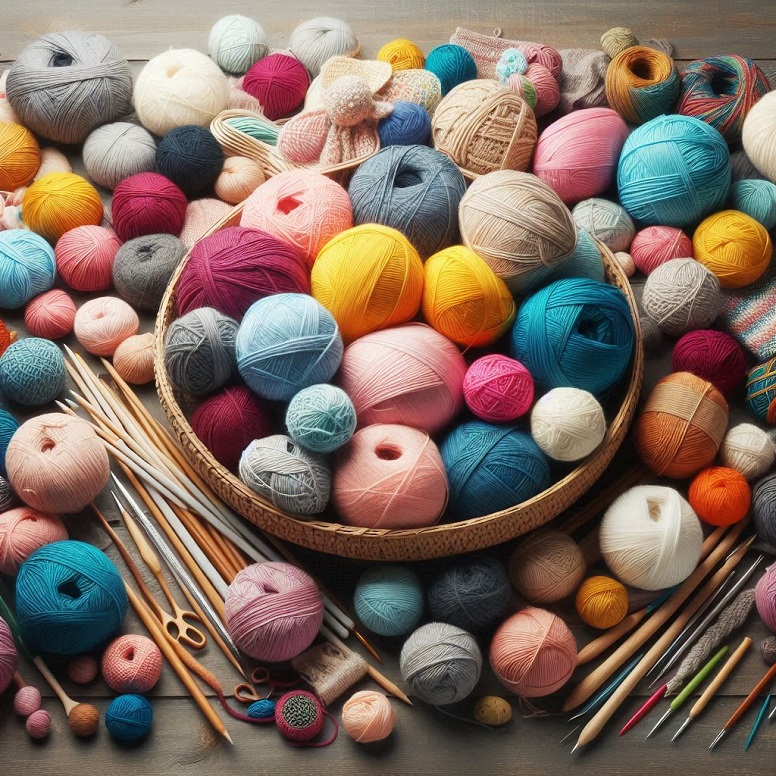
Tunisian crochet can be done with almost any type of yarn, but choosing the right yarn can enhance the texture and appearance of your project. For beginners, medium-weight yarns (like worsted weight) are ideal as they are easy to work with and provide good stitch definition.
Basic Tunisian Crochet Stitches
The Foundation Row The foundation row is the basis for all Tunisian crochet projects. It consists of a forward pass and a return pass. To begin, chain the desired number of stitches. Then, for the forward pass, insert the hook into each chain, yarn over, and pull up a loop, leaving all loops on the hook. For the return pass, yarn over and pull through one loop, then yarn over and pull through two loops repeatedly until one loop remains on the hook.
Tunisian Simple Stitch (TSS)
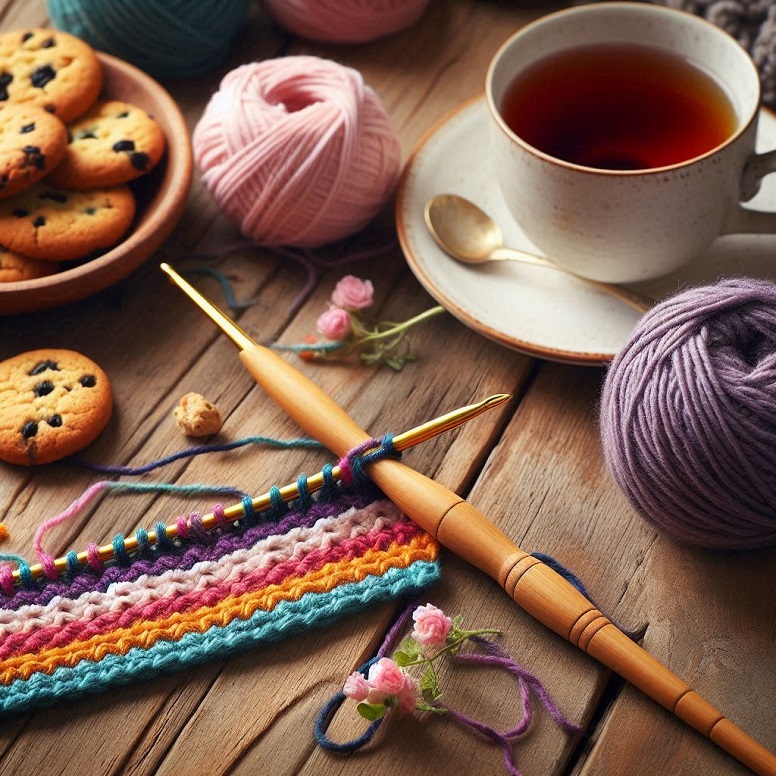
The Tunisian Simple Stitch is the most basic and widely used stitch. After the foundation row, insert the hook into the vertical bar of the next stitch, yarn over, and pull up a loop. Repeat across the row. The return pass is done as described in the foundation row.
Tunisian Knit Stitch (TKS)
The Tunisian Knit Stitch resembles a knitted fabric. Insert the hook between the front and back vertical bars of the next stitch, yarn over, and pull up a loop. Continue across the row and complete the return pass as usual.
Tunisian Purl Stitch (TPS)
The Tunisian Purl Stitch creates a textured, bumpy surface. With the yarn in front, insert the hook into the next vertical bar, yarn over, and pull up a loop, keeping the yarn in front of the hook. Repeat across the row and finish with a return pass.
Colorwork and Textures
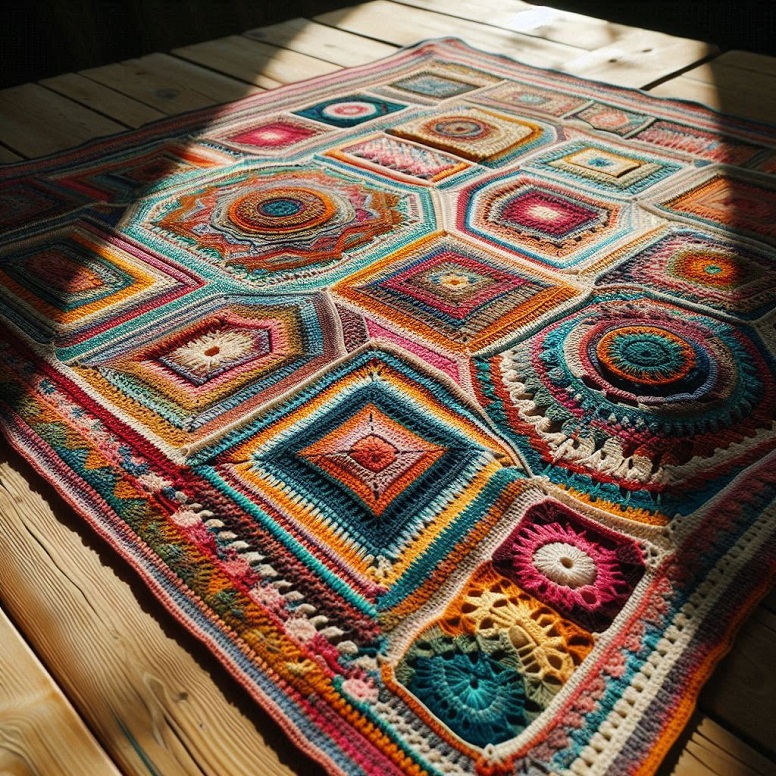
Tunisian crochet is excellent for colorwork and creating intricate textures. By combining different stitches and yarn colors, you can create stunning patterns such as mosaics, stripes, and even images. Techniques like changing yarn colors mid-row or using variegated yarns can add visual interest to your projects.
Shaping and Joining
Shaping in Tunisian crochet involves increasing and decreasing stitches to create various shapes and contours. Techniques such as Tunisian short rows and strategic stitch placement allow for the creation of garments, accessories, and other three-dimensional items. Joining techniques, including seaming and continuous joins, are essential for assembling larger projects like blankets or garments.
Fashion and Accessories
Tunisian crochet has found its way into modern fashion, with designers using it to create stylish garments and accessories. From cozy scarves and hats to elegant shawls and sweaters, the unique texture of Tunisian crochet adds a contemporary twist to traditional crochet designs.
Home Décor
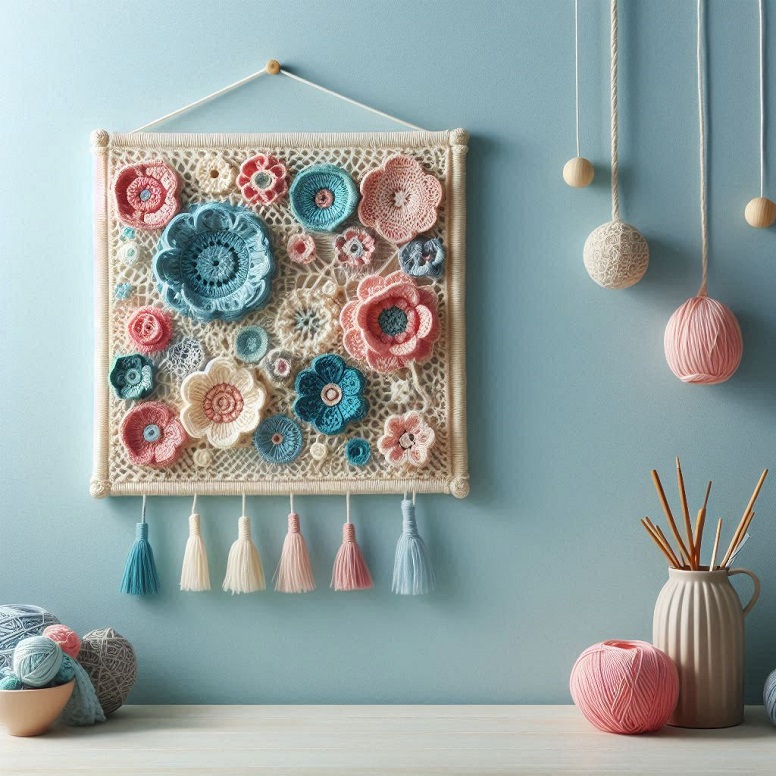
Tunisian crochet is perfect for home décor items such as blankets, pillows, and rugs. Its dense and sturdy fabric makes it ideal for items that need to withstand regular use. Additionally, the ability to create large, continuous pieces without seams is a significant advantage for home décor projects.
Tips for Beginners Practice and Patience
As with any new craft, practice and patience are key to mastering Tunisian crochet. Start with simple projects and gradually work your way up to more complex designs. Online tutorials and pattern books can provide valuable guidance and inspiration.
Understanding Tension
Tension in Tunisian crochet can be tricky to master, as the stitches tend to be tighter than in traditional crochet. Experiment with different hook sizes and yarns to find the right combination for your desired fabric texture.
Blocking Your Work
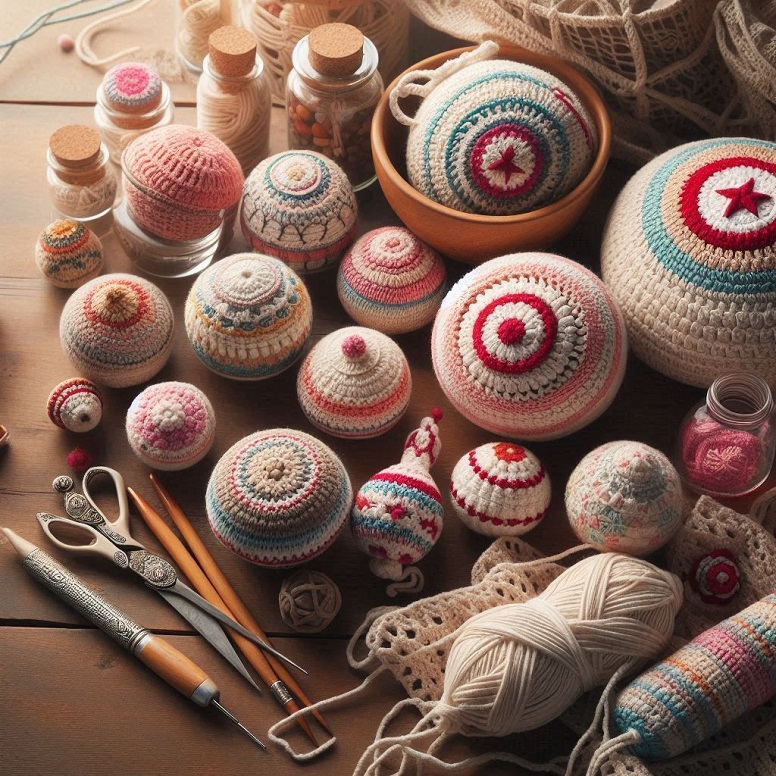
Blocking is essential for Tunisian crochet projects, as it helps even out stitches and improve the drape of the fabric. Gently wash or steam your finished piece and pin it to shape, allowing it to dry completely.
The art of Tunisian crochet offers a unique and rewarding crafting experience. Its rich history, versatile techniques, and modern applications make it a fascinating and valuable skill to learn. Whether you're a seasoned crocheter or a complete beginner, Tunisian crochet opens up a world of creative possibilities, inviting you to explore and express your creativity through this beautiful craft.

